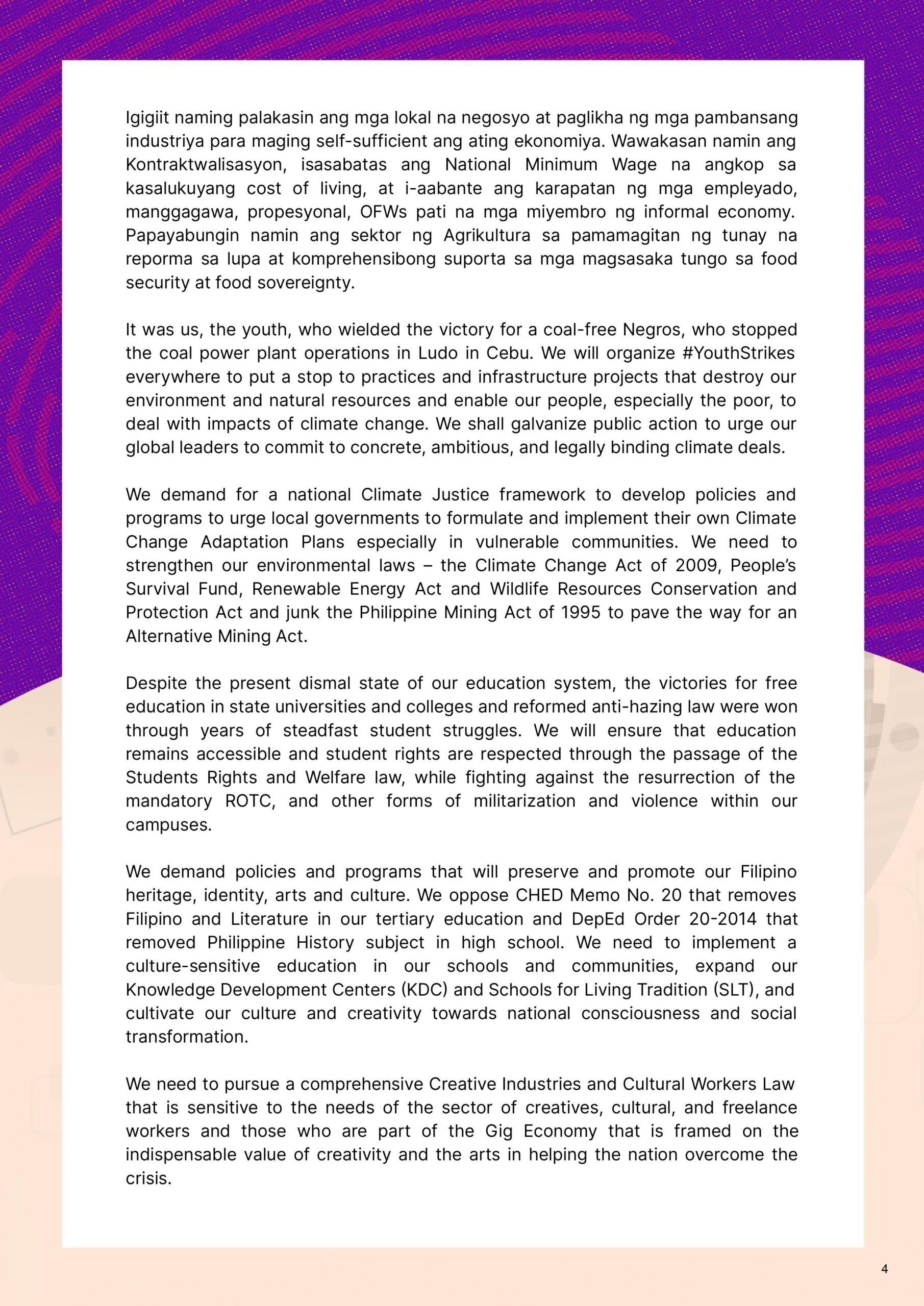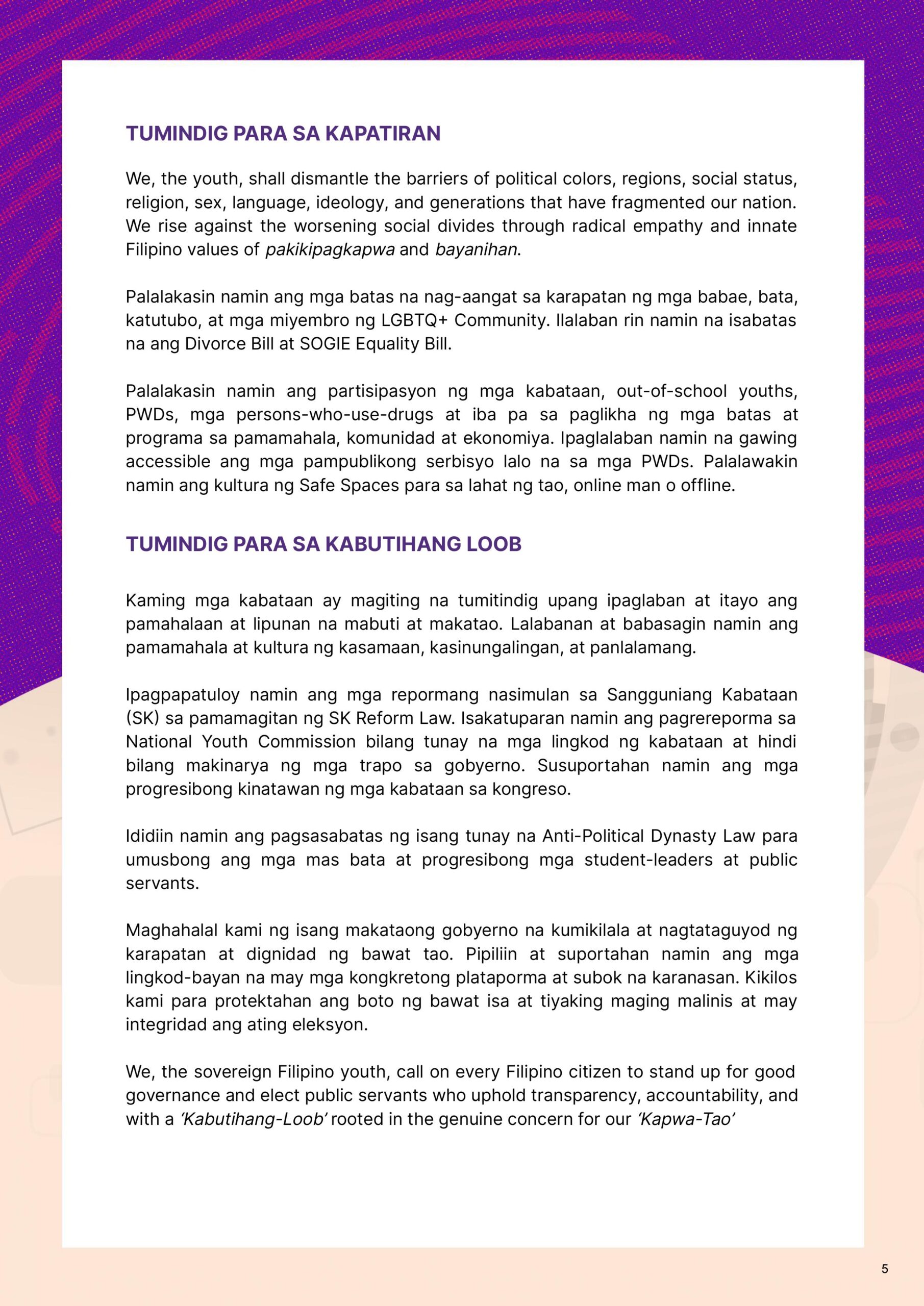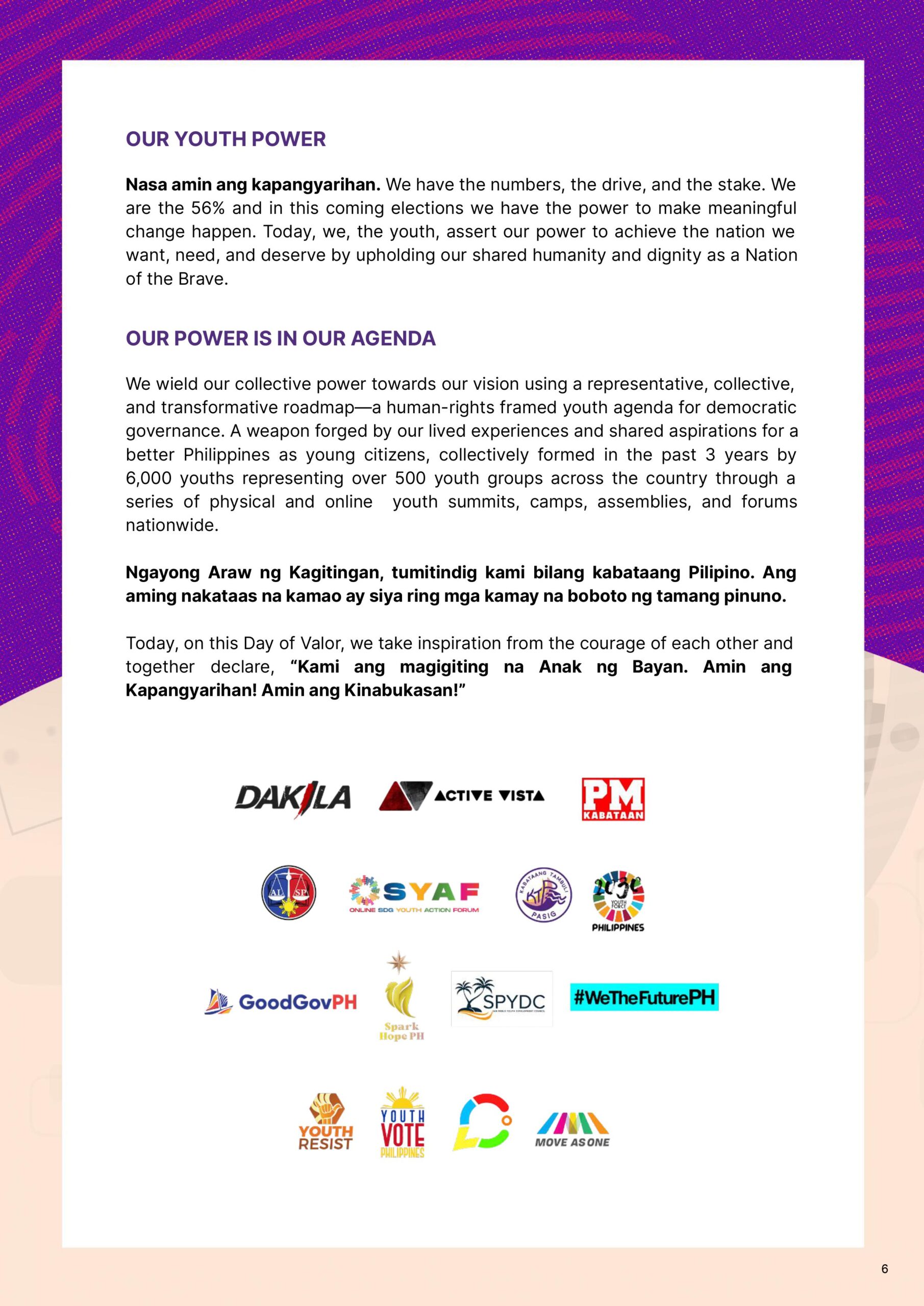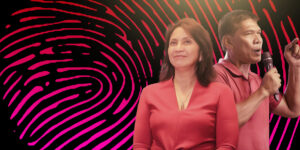Add Your Heading Text Here
As the days inch closer to the day of #Halalan2022, we the voters will need to become familiar with the candidates so we can determine who deserves our vote. Need some help to decide on the top 12 Senators to vote for this #Halalan2022? We can help you out! Simply give your rating for each issue and once your done, your answers will be filtered to the top 12 senators matching your top issues .
Instructions
Are you ready to know your top 12 senatorial candidates? Below you will find a matrix with five checkboxes for each issue. Read each item carefully and tick the box that reflects how much you agree or disagree with the issue. Finally, click the “done” to see your results! Take a screenshot or write down your results for your reference.
Issues
My Senators
Lorem ipsum dolor sit amet, consectetur adipiscing elit, sed do eiusmod tempor incididunt ut labore et dolore magna aliqua. Ut enim ad minim veniam, quis nostrud exercitation ullamco laboris nisi ut aliquip ex ea commodo consequat.
Screenshot!
Other Call to Actions
Lorem ipsum dolor sit amet, consectetur adipiscing elit, sed do eiusmod tempor incididunt ut labore et dolore magna aliqua. Ut enim ad minim veniam, quis nostrud exercitation ullamco laboris nisi ut aliquip ex ea commodo consequat.
Screenshot!
Let’s do more to make it better.

Lorem ipsum dolor sit amet, consectetur adipiscing elit. Ut elit tellus, luctus nec ullamcorper mattis, pulvinar dapibus leo.

Lorem ipsum dolor sit amet, consectetur adipiscing elit. Ut elit tellus, luctus nec ullamcorper mattis, pulvinar dapibus leo.

Lorem ipsum dolor sit amet, consectetur adipiscing elit. Ut elit tellus, luctus nec ullamcorper mattis, pulvinar dapibus leo.

Lorem ipsum dolor sit amet, consectetur adipiscing elit. Ut elit tellus, luctus nec ullamcorper mattis, pulvinar dapibus leo.




















